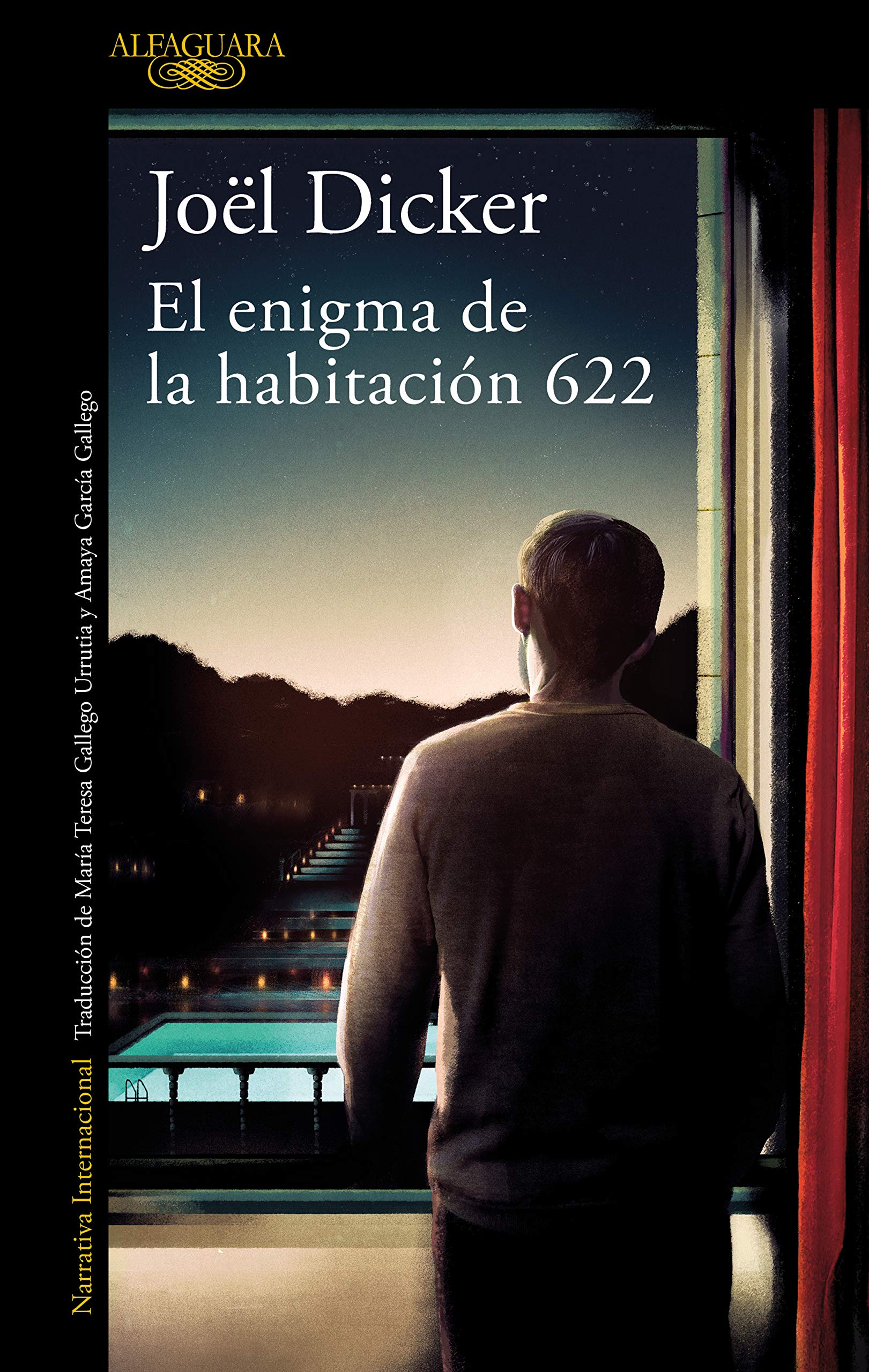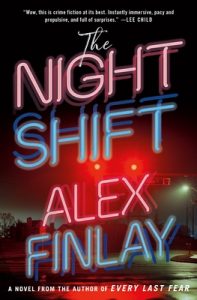
Joël Dicker returns to his native Switzerland with a glittering, snowbound puzzle set in the Palace de Verbier, a luxury hotel tucked high in the Alps. One December morning, a body is discovered on the carpet of Room 622. The case fizzles without resolution, the room number quietly disappears from the hotel’s sixth floor, and the mystery freezes in time. Years later, a heartbroken writer named Joël Dicker checks in to recover and to start a new book. When he notices that Room 622 has become 621 bis, his curiosity ignites. With the help of Scarlett, a neighboring guest and aspiring novelist, he begins to investigate what really happened in that shuttered suite.
What the book promises
Dicker blends several irresistible hooks. There is the locked-room setup in a five-star Alpine setting, a meta twist with the author writing himself into the narrative, and a second plotline orbiting a Swiss private bank where succession battles, old loyalties, and quiet vendettas churn beneath polished surfaces. The novel moves back and forth across years and perspectives, braiding hotel staff, financiers, scions, lovers, and fixers into a single murder question. Readers who enjoy sprawling casts and clockwork reveals will find plenty to track.
The reading experience
Several early chapters have the propulsion that made The Truth About the Harry Quebert Affair a breakout. Short sections, cliffhanger beats, and a seductive sense that every minor detail will matter later keep the pages turning. Dicker’s decision to appear as a character gives the book a playful intimacy. His scenes with Scarlett, and his reflections on his late mentor and publisher Bernard de Fallois, supply tenderness and purpose. Those personal notes, sometimes elegiac and sometimes wry, are among the most affecting passages in the novel.
At the same time, The Enigma of Room 622 asks the reader to accept a very busy design. Timelines jump, points of view rotate, and the cast balloons. For some, that rhythmic complexity will feel like the thrill of a magician shuffling a dozen decks at once. For others, the constant crosscutting and corporate subplots will blunt the emotional stakes. Several reviewers have noted that the banking intrigue ultimately takes center stage. If you came for an intimate book-within-a-book mystery, you may feel nudged toward a glossy corporate conspiracy instead.
Strengths that stand out
- A sumptuous setting: Dicker makes the Palace de Verbier feel both glamorous and claustrophobic, the ideal stage for secrets. Snow quiets the outside world while power lunches, whispered favors, and suite-level gossip simmer inside.
- Meta charm: The author as character gives the investigation a homemade warmth. His partnership with Scarlett provides humor and a reader proxy. Their curiosity keeps the narrative human even when the plot machinery whirs at full speed.
- Momentum and payoff culture: Dicker remains a master of the three-page tease. He plants breadcrumbs, toggles eras, and engineers that familiar Dicker experience where a throwaway quirk returns two hundred pages later with a sting.
Where the novel divides readers
- Density over depth: Some character arcs feel like branches reaching for the stratosphere. With so many threads to maintain, a few backstories thin out just when they should deepen.
- A late reveal that polarizes: The final explanation lands with a flourish that will either delight or frustrate. One camp will admire the audacity, the other will see a deus ex machina that solves a structural corner the story wrote itself into.
- Nonlinear overload: The frequent time shifts and perspective hops can cause confusion, especially on audio or across short reading sessions. If you prefer a straight-line whodunit, expect to work a little harder here.
Themes under the glamour
At its heart, this is a book about memory and reinvention. Hotels are waystations where names change, pasts are checked at the desk, and chance encounters alter destinies. Banks are institutions built on trust, secrecy, and immaculate appearances. Dicker frames both as theaters for power and longing. The tribute to Bernard de Fallois adds another layer, a quiet meditation on mentorship and the fragile courage to write again after loss. When the novel lingers in these human registers, it feels warm, observant, and sincere.
Should you read it?
If you loved the intricate scaffolding of Harry Quebert and enjoy elite settings, nested timelines, and big ensemble payoffs, The Enigma of Room 622 will scratch that itch. If you prefer lean character studies or tidy, airtight solutions, the maximalist plotting and glossy corporate emphasis may test your patience. I ultimately found it entertaining, beautifully staged, and intermittently exasperating, with enough sparkle, heart, and narrative dare to justify its ambition.
Rating: 3.8 out of 5. A luxurious, overstuffed puzzle where the setting and meta angle shine, the tributes resonate, and the ending will spark debates long after the snow has settled.
Ready to investigate Room 622 for yourself?
👉 Buy The Enigma of Room 622 on Amazon


